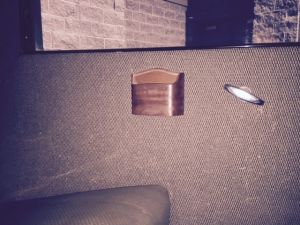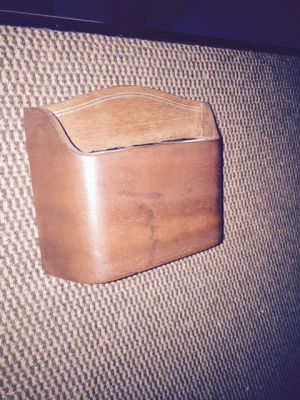- Home
- About Us
- Join/Renew
- Member Benefits
- Member Pages
- Log In
- Help
- Museum Store
The Santa Ana firm had mine…still has two.
Fluid continues to leak from one of them.
I have the leather boots I got from Karl. I am transferring the metal rings from my old boots to the new ones. They are very nice.
Hi, Karl, I have all the Books. Greg is on it, so no worries!
Hi, James. The wiring is so simple there almost isn’t a harness. As my Car does not have the original wiring though, I am not certain of the exact configuration. That is what I am learning more about.
I will be glad to share whatever I can learn. The only difficulty I can see so far: the wiring for the interior lamp and associated switch is underneath the upholstery and it is attached such that I would have to put it at risk to access the wire. I may leave this alone for now, but that pains me as the lamp doesn’t work now. Almost all the remaining wire seems like it could be replaced one wire at a time without too much difficulty. It’s not a bunch of molded plastic plugs and such which are not available, but standard wire and terminals which are available.
Thank, Paul, but my Car is a 1927.
I agree. Seems there are only two fuse sizes so, because the fuse is sized to protect the wire, perhaps there are only two wire gauges?
They fit very nicely. I believe based on their appearance that all the studs were replaced when the engine was overhauled so this probably helped.
Wow! It was a great experience, I will never forget it!
Thanks so much for sharing!
The Manual does have a very nice wiring diagram, but no color codes nor wire gauges for the older cars. The eights and twelves do have this information.
As you said, the wiring is pretty simple, but I want to get everything more or less right without rework.
Ok, Greg and David, I have the book so I will check it out this evening.
Thanks!
Second pic.

Update: I attach a couple of pics of the driver’s side vanity from a 1925 Series 80 which was sold at the Branson auction in April 2017. This car appeared to possibly have the original upholstery material as it was a little less than perfect and had been partially covered in clear vinyl, as to preserve it.
This car is offered at MotoExotica in St Louis now.

Greg, I meant to show you at St. Louis: I found some 5/8 nuts made by ARP which have a washer forged onto one side; they are strong and very nice for this application. My studs were not long enough for a thick washer so this worked great.
Wasn’t the weather great? We had a Great time! Glad to see everyone also.
Triple second from us: we had a GREAT time!
It was SO GREAT! Thanks to LIZ and RICK and everyone who put it together!
Hunter Collection can handle it and they need one anyway: Ralph?
Believe me, I understand and approve your strategy!
Ken, come on, we’ll sign you in…
Hi, Peter, meter indicates there is power to the switch, but the wire is in such poor condition that it would be inviting disaster to try to use it. It will have to wait until after St. Louis at least.
Car was at the 58th in Buffalo, and there is a photo of it in the annual
Meet pics with owner unknown.
